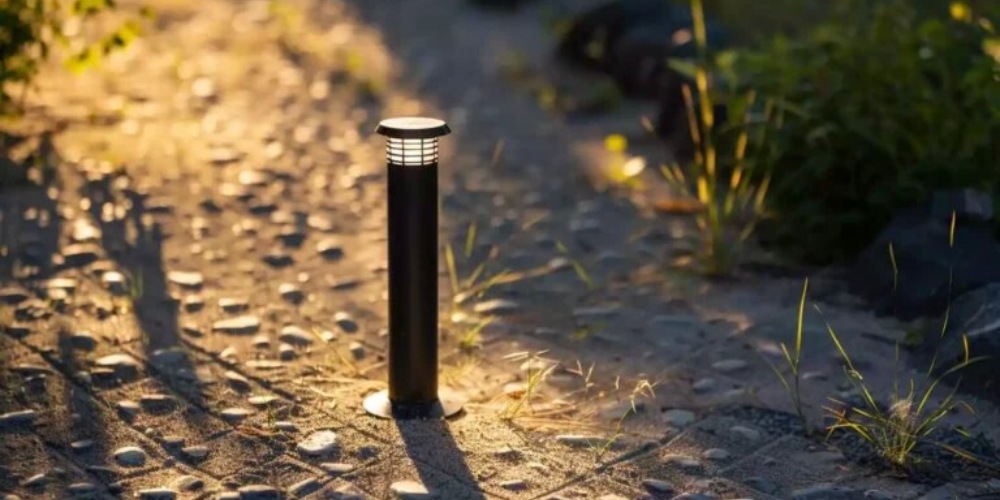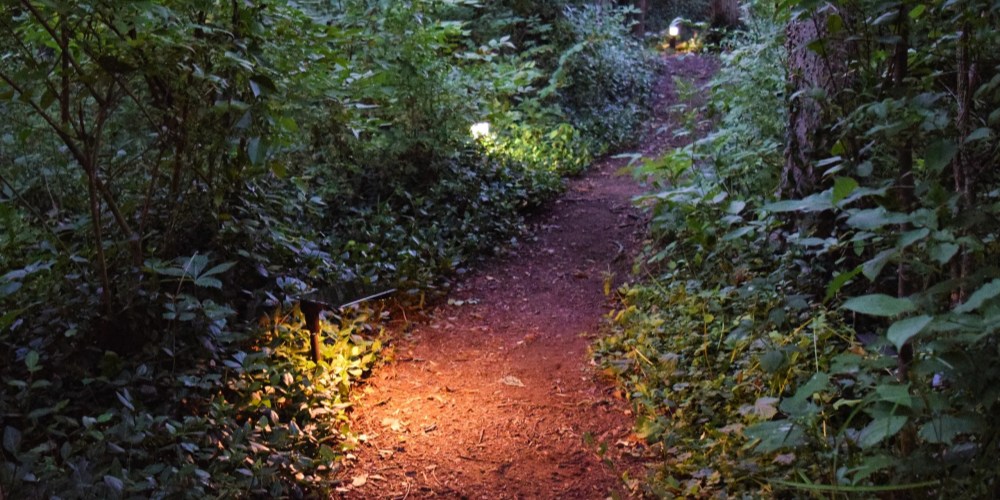Do Solar Lights Need Full Sun?
Solar lights use the sun’s energy to create electricity. They made made of an LED light, a battery to store energy, and a solar panel. The solar panel charges the battery during the day by absorbing sunlight and converting it into electrical energy. The LED light is powered by the battery and provides that at night. The solar panel’s ability to absorb sunlight has a direct impact on the battery’s capacity to charge.
While it’s true that solar lights depend on sunlight, they can still operate under less-than-ideal conditions. Solar panels can collect energy even in cloudy or overcast weather. While direct sunlight is the most efficient light source, solar powered lamps can charge and function to a certain degree even in shaded areas and during winter months. However, the charging capacity and runtime may be reduced in these conditions.
To maximize the performance of LED outdoor solar lights, proper placement is a key element. Ideally, they should be installed in areas that receive direct sunlight for most of the day. Placing them in locations with minimal shading, such as open yards or rooftops, will ensure optimal charging and longer illumination periods. If shaded spots are unavoidable, it is important to consider the decreased charging capability and adjust expectations accordingly.

There are ways to enhance the performance of outdoor solar lighting even in less sunlit areas. One option is to install lights with adjustable solar panels. These panels can be positioned to face the sun directly, capturing as much sunlight as possible. Another option is to install solar lights with higher-quality solar panels that are designed to absorb light even in low-light conditions. Additionally, regular cleaning of the solar panels to remove dust and debris can significantly improve their efficiency.
To summarize, although solar lights benefit from complete sun exposure, they can still offer illumination under less-than-ideal conditions, but the charging capacity and duration will be reduced. For best performance, solar panels must be properly installed and maintained on a regular basis. So, if you’re considering solar lights for your outdoor space, remember that while the amount of sunlight does crucial, they may still illuminate your surroundings and contribute to a greener future even in partially covered locations.
SLD, Solar Lights Do, is a company that specializes in manufacturing and selling high-quality solar lights. We offer a wide range of efficient and durable solar lighting solutions designed for outdoor use. If you're interested, please visit us at www.solarlightsdo.com.
